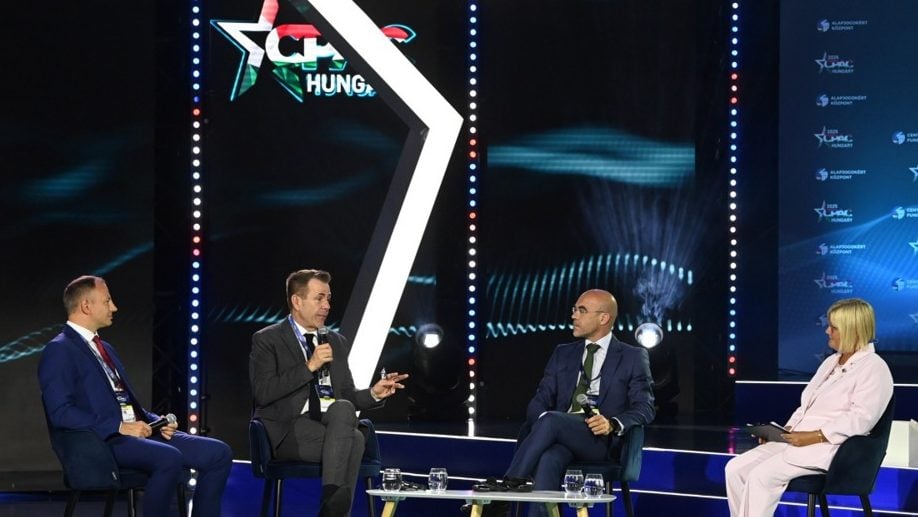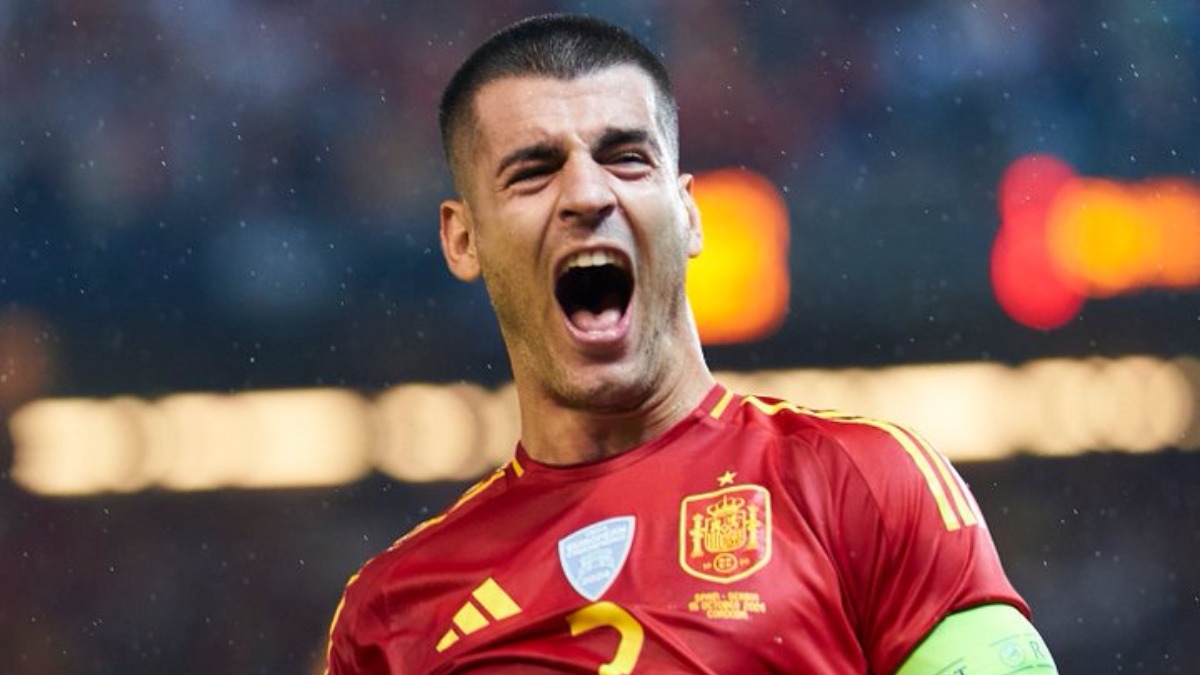Right-wing populists from Central Europe, encouraged by Donald Trump’s re-election and recent electoral successes, are joining forces to spread their narratives across Europe and build an international alliance. Leaders such as Hungary’s Viktor Orban, Slovakia’s Robert Fico, Czech Republic’s Andrej Babiš, and Poland’s Mateusz Morawiecki aim to turn the region into a center of right-wing populism. Orban was the main star of the CPAC conference in Budapest, where he called on conservatives to seize the opportunity and reclaim power in Europe. Networks funded by the Hungarian government, including academic and religious groups, spread right-wing narratives and connect like-minded individuals across Europe. Critics warn of authoritarian tendencies and repressive laws that could stifle criticism and democracy. Although right-wing populists have made significant progress, they currently govern only a few countries, mostly in Eastern Europe. The question remains how stable this alliance will be and how much influence it will have on EU politics.
Political Perspectives:
Left: Left-leaning sources emphasize the authoritarian tendencies of right-wing populists, warning about threats to democracy and human rights. They highlight the dangers of nationalist and anti-EU rhetoric, and criticize leaders like Viktor Orban for undermining democratic institutions and promoting illiberal policies.
Center: Centrist sources report on the rise of right-wing populism as a significant political development in Central Europe, noting the electoral successes and the formation of alliances. They provide balanced coverage, acknowledging the political influence of these groups while also noting the challenges they face in expanding their power across Europe.
Right: Right-leaning sources focus on the empowerment of conservative and nationalist forces as a positive development, celebrating the reclaiming of national sovereignty and traditional values. They often praise leaders like Viktor Orban for standing up against EU overreach and ‘woke’ ideologies, framing the movement as a patriotic resurgence.








